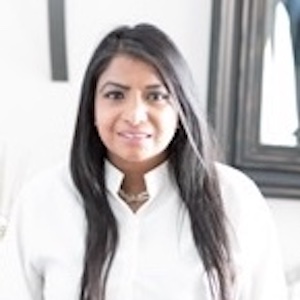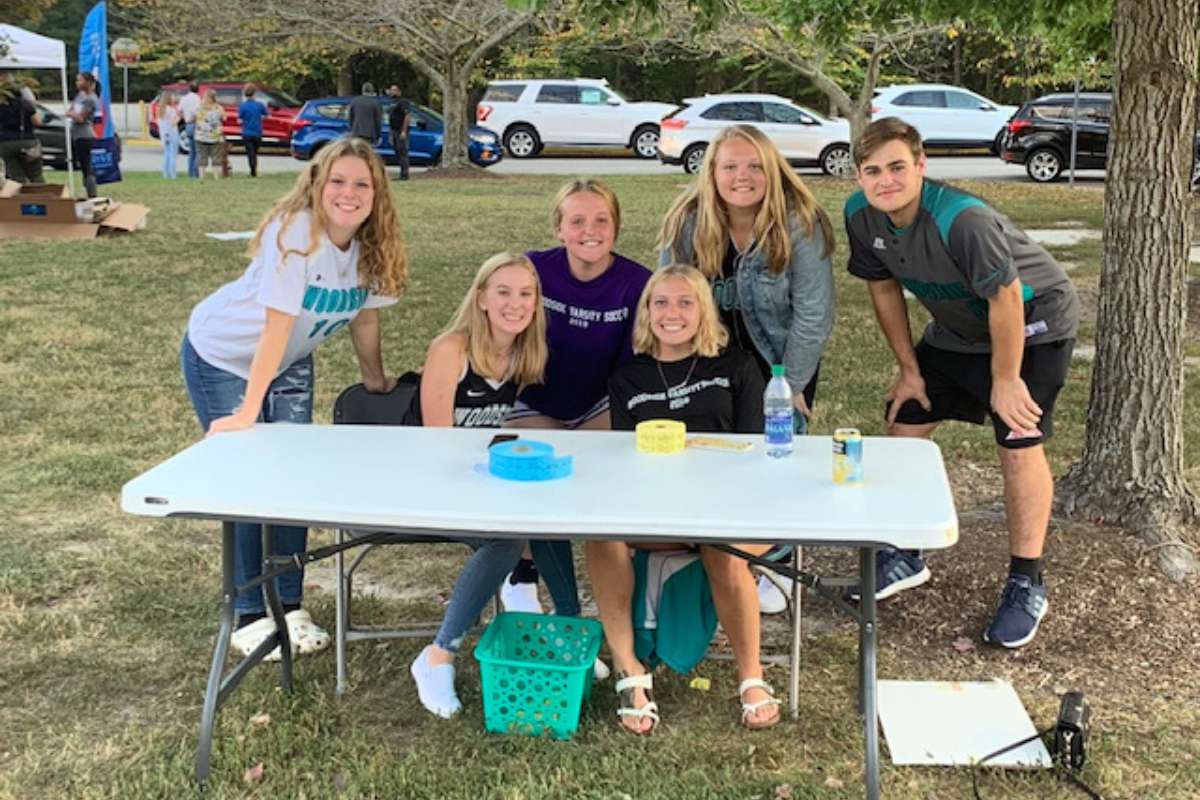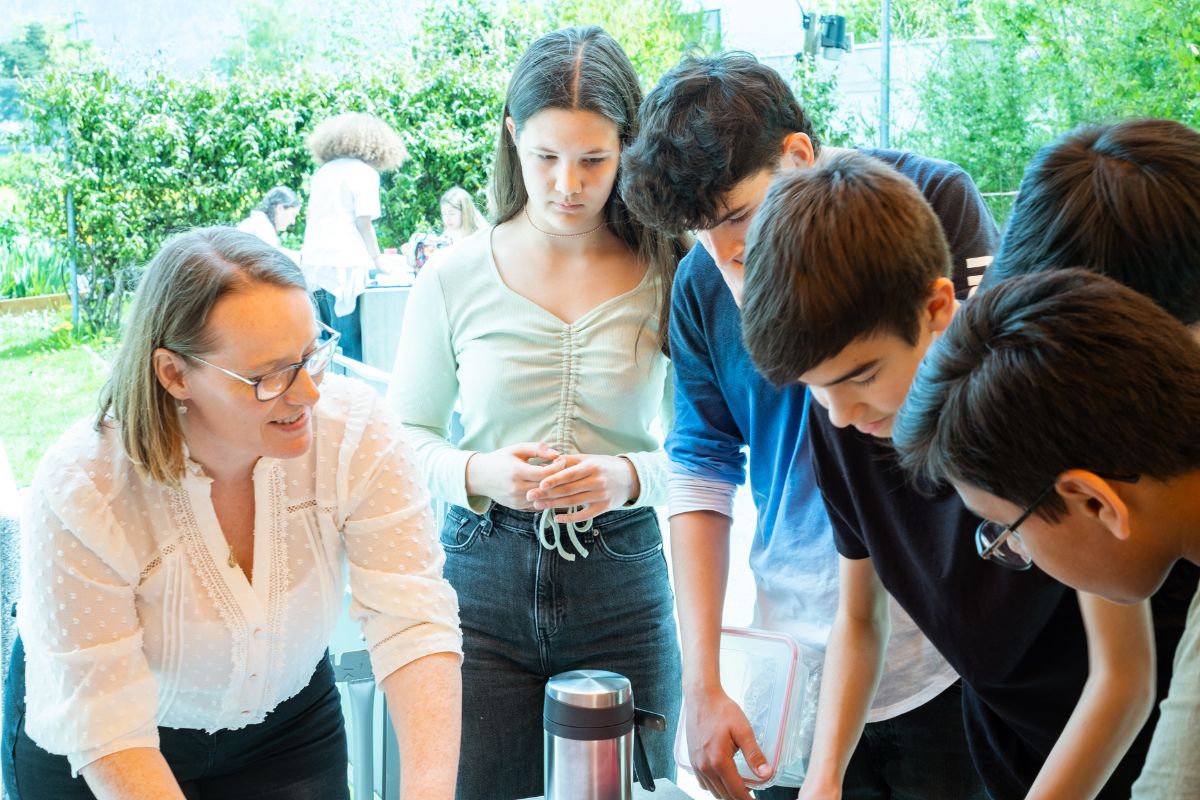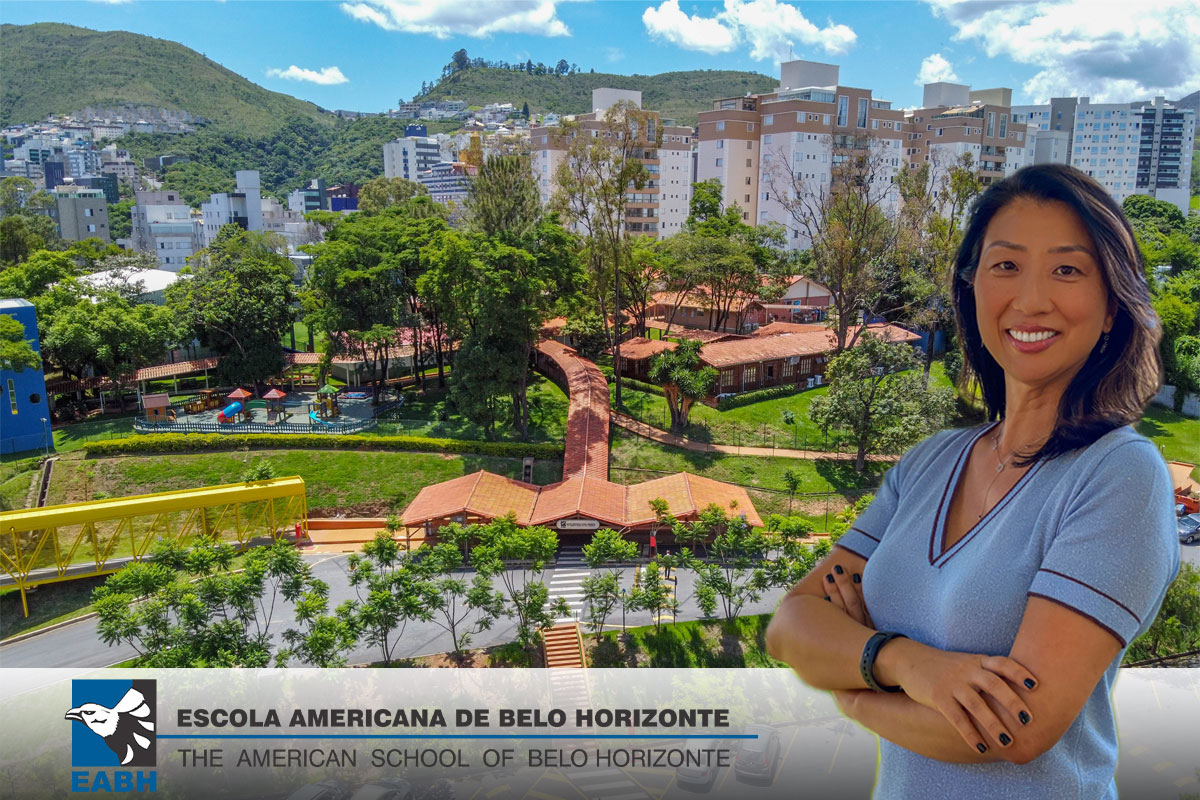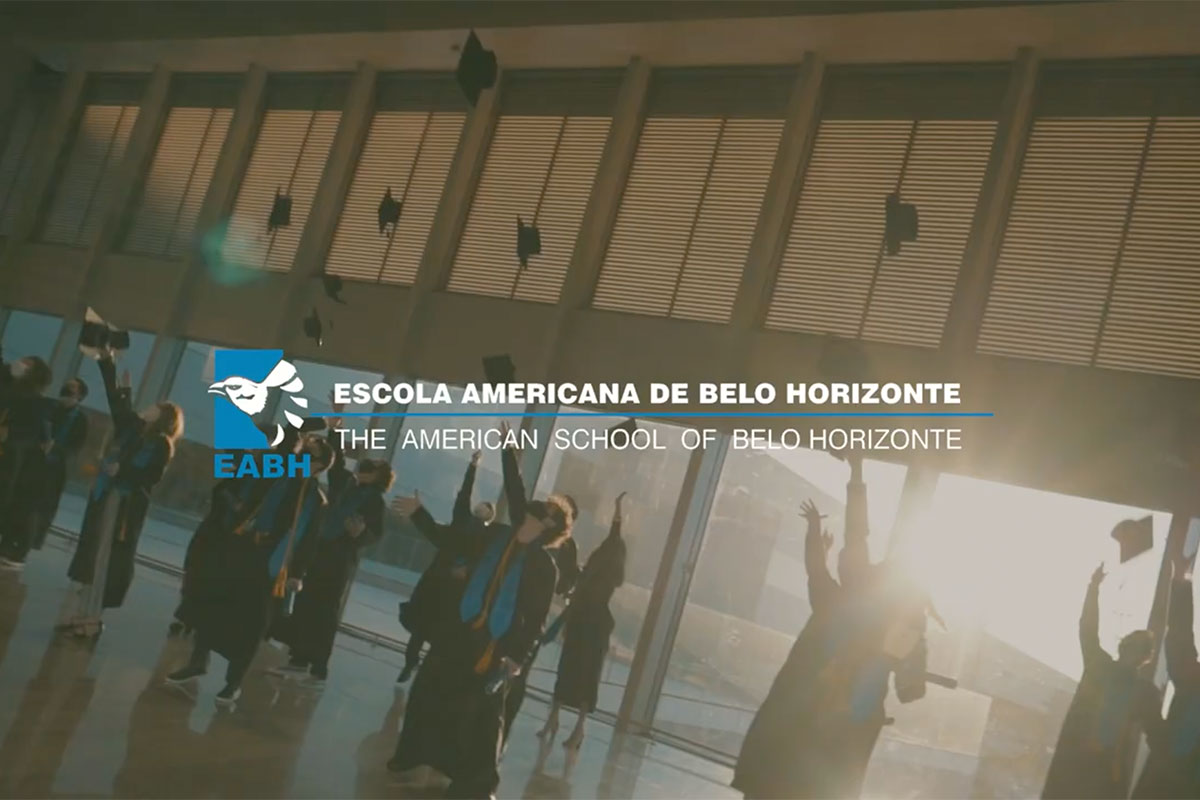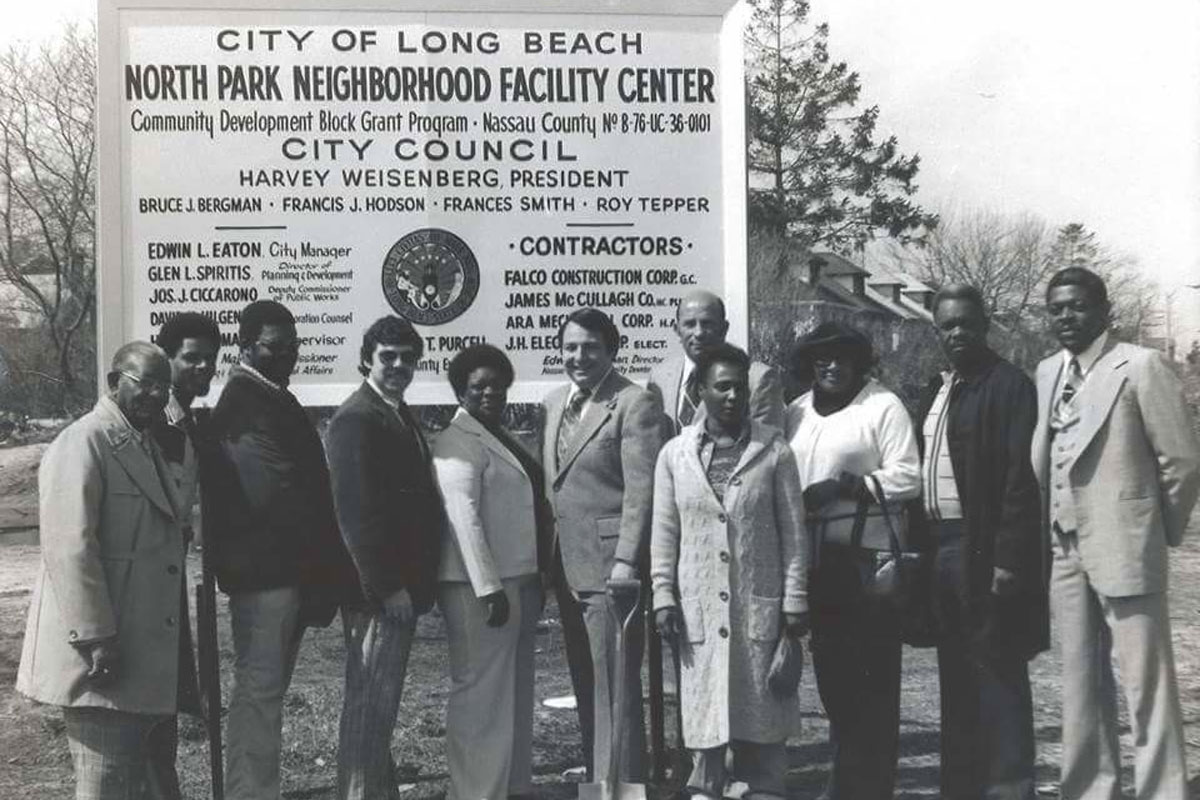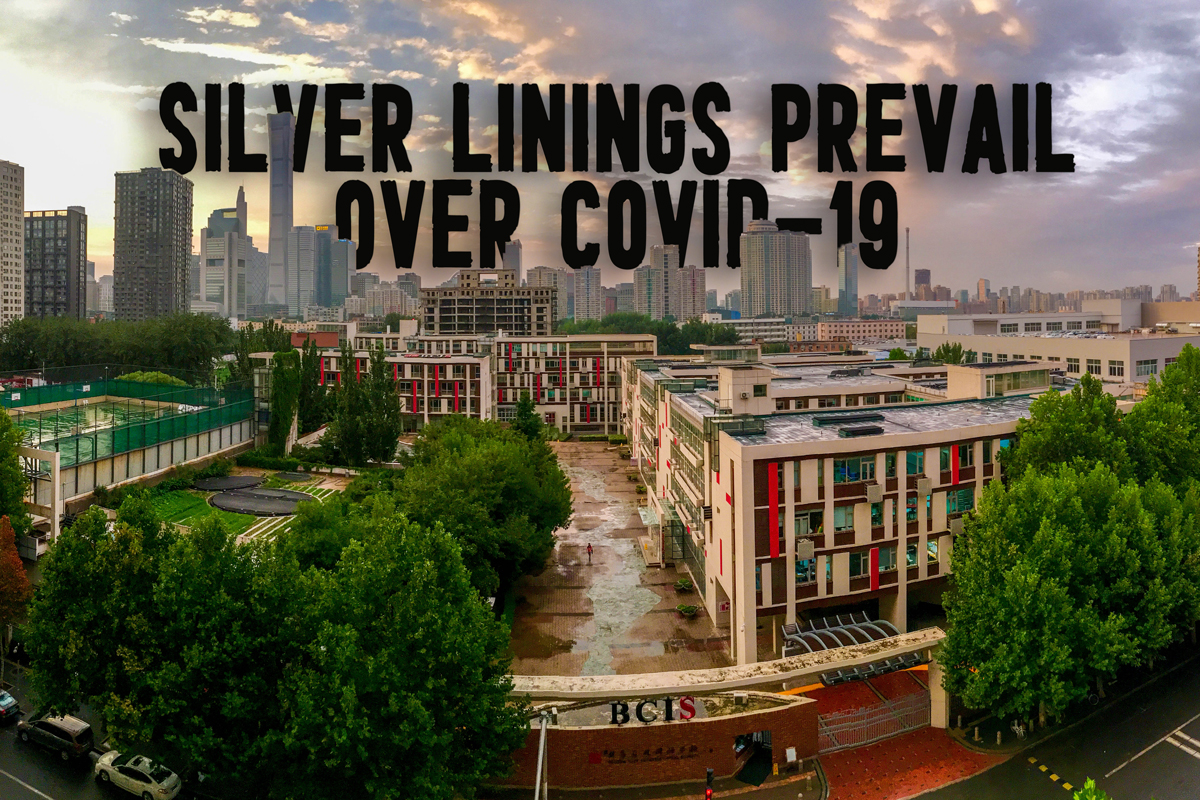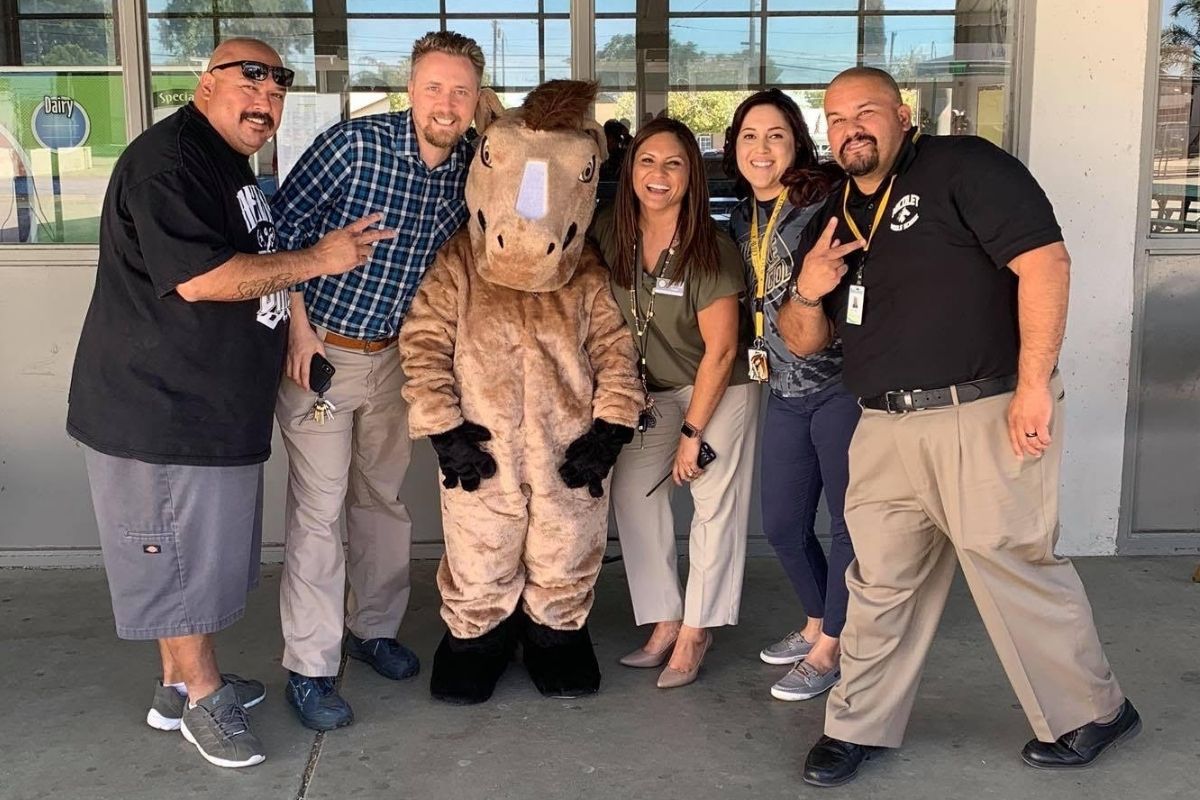Plan Your Next Trip to Brazil! Educators Supporting Each Other
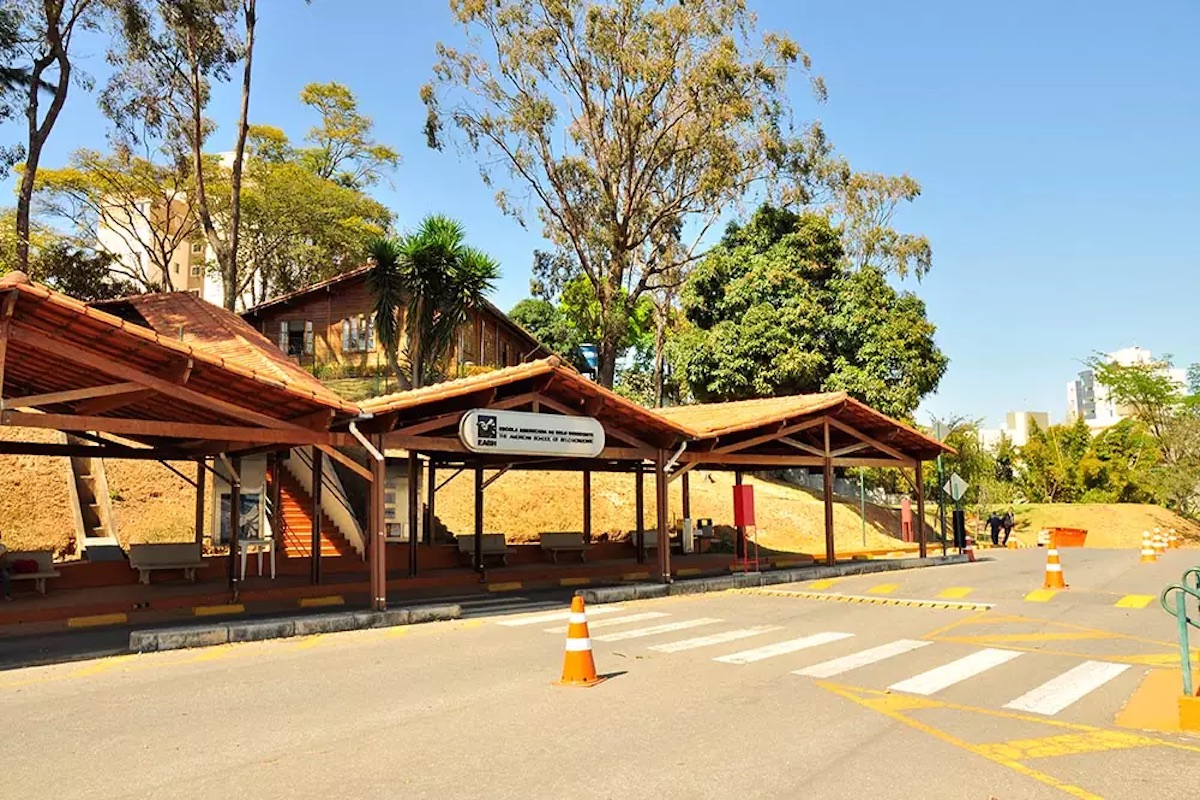
Welcome, Ola in Portuguese from the continent of South America where the school is located in the beautiful country of Brazil. I read on wikipedia that Brazil has 228 Languages that are spoken which include 217 indigenous languages. How wonderful to see that in an historical context isn’t it? EABH which stands for Escola Americana de Belo Horizonte, or American School of Belo Horizonte in English. I am excited to learn more about the Primary Years Program that focuses on engaging the whole child in an engaging and empowering learning environment through inquiry based and student-led based interest which is the International Baccalaureate Program and I got to get to know a teacher who reflected on her practice to share insight.
Let’s explore the International Baccalaureate Program offered at EABH. I loved that Ms. Egan’s reflection started with “In order to be able to teach a child, you have to be able to connect with that child, and in order to connect with a child, you need to understand the culture they come from.” As a Primary Specialist, I was so excited to be able to dive deep into understanding on how the IB program was set up for success by building community connections with the core belief of respect that is built into understanding historical perspectives of culture, identity and language as the key concepts. Teaching the whole child is what we do as educators to ensure that by the personalized connections we make on an individual basis we open opportunities to make a difference in the global world of education one student, one classroom, one school at a time.
Reflection Question
“What is something that you are doing in your school to engage and connect with the community that you work in?”
In considering how a school can connect with the community they are situated in I came across the 5 ways to engage cultural responsiveness according to research as follows according to https://blog.tcea.org/ which resonates with me as a primary educator. As you read you will see educators aspiring to enrich student learning in the school based on embedding culturally responsive pedagogy into their practice in their classrooms.
- Really getting to know the students we teach
- Teaching using real world scenarios
- Differentiated instructional strategies
- Game based lessons
- Including guest speakers
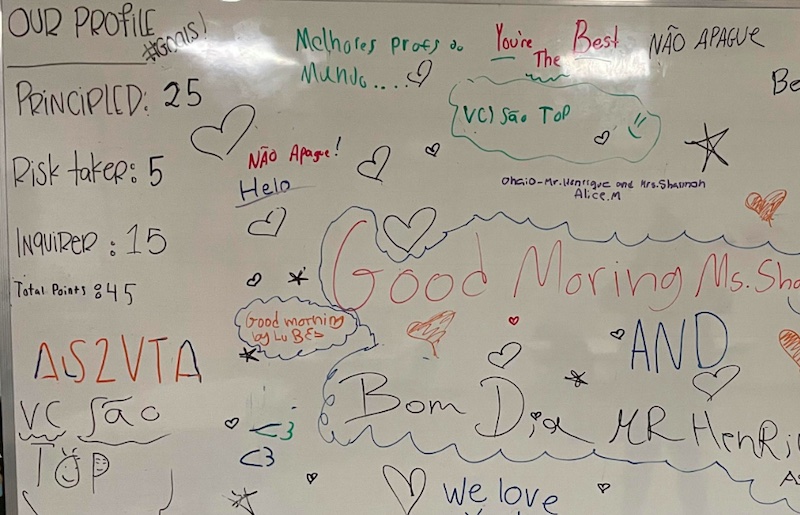
All about building capacity on how we communicate
I was now very curious how an English language teacher speaks and teaches in another language and I found out that there is team teaching and in order to create a sense of community teachers who speak Portuguese and English team teach to build community. “At school that embraces translanguaging and therefore both languages are encouraged in our classroom. Of course we want our students to be fluent in both languages and to challenge themselves to get out of their comfort zone and speak the language that they might not feel so confident about when the time is appropriate.” says Mr. Henrique, who speaks Portuguese as his first language.
The 3 Key ideas to consider included:
- Co-teaching and Co-planning
- Aligning the Portuguese and English curriculum
- Both Languages spoken are accepted
“The support we have given to our students through translanguaging in our classroom has made us proud of our work and there is nothing better than that.” stated Mr. Henrique.
“Translanguaging” was a new term and the marriage of the two languages to ensure student reach understanding was an important concept I reflected on when writing this article. “With my co-teacher, Henrique Souza’s help, our learning experiences each day become a fluid dance of English and Portuguese.” Ms. Egan. The concept of not being able to speak the language of the students with this concept did not feel like the obstacle it could have been to a new teacher to the school. The built in support network for staff was something I wanted to highlight since it demonstrates a collaborative, non competitive yet positive school climate that drives teaching and learning.
The 3 Key Concepts to learning and teaching both languages at the same time that stood out for me reflecting were the following concepts.
- Importance of giving students agency with translation service
- Incorporating every day interactions into lessons
- Basic significant words in dual languages: Portuguese and English
Importance of diving deep into the cultural identity of students to make connections with the classroom community is an important consideration, I think. The comfort of learning a new language while being able to speak how they are comfortable is a safe learning environment in which language acquisition occurs.
Building Classroom Community Through Identity Mapping
An important reflection question that was embedded into the community building was the question “How do you see yourself as a learner, classmate and as a student?” I thought that this was very interesting because it does give agency to students so that they can bring their thoughts, ideas and voice opinions in their classroom. Then extends it out to goals and core concepts of reflection by focusing on the: “Hopes and Dreams” Ms. Egan calls it those classroom agreements that make the classroom community work. What resonated with me is her key belief that “Classroom trust needs to be established for students to be able to be vulnerable and feel safe, so having agreements and expectations for the classroom are important. Then, we get into the true identity work. Students investigate what identity is and the different parts of identity.” Where students reflect on their visible vs invisible identities and create identity maps which build sharing opportunities based on trusting relationships. The identity map gives them an opportunity to reflect so that they as students can explore a unique aspect of their Brazilian identity: being Mineiro (or someone from the Brazilian state Minas Gerais). Ms. Liz Kleinrock’s work on creating student identity maps was the inspiration for creating maps for staff and students was inspired by the team working at the school.
Building a Globally Reflective School Library to Aspire Courageous Conversations
Key concepts that can be taught by analyzing the classroom library to see its reflection of the world population in the school libraries. Representation matters, however especially when teaching in a community where it is not reflective of the global society it is important to understand, learn and accept differences and this concept of building a reflective collection of books for staff to use was of special interest to me since it is one way as a primary educator that I teach my students to have courageous conversations that are engaging on concepts of equity and inclusion.
- Creating library committee
- Auditing library materials
- Planning forward
- Intentional teaching opportunities using books
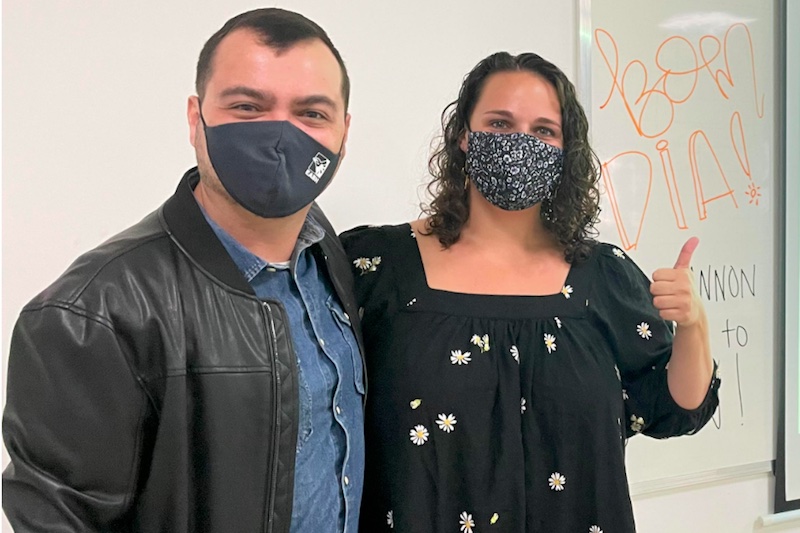
“In Rudine Sims Bishop’s article “Windows, Mirrors, and Sliding Glass Doors”, she reflected on how books have the power to let a person see a new experience, step into a new experience, or see their own experiences reflected back at them. Every child deserves access to books that allow them to see and experience different perspectives and cultures, but they also deserve to see books that reflect themselves and their own experiences.” states Ms. Egan and this was the goal behind building classroom libraries at the school that were representative of world cultures. When it comes to teaching empathy, respect and building a common understanding this project aspires to spark good discussions and curious courageous questions into insightful topics. To build a global community perspective this is a great starting point I believe and would benefit all students attending the school, their community and engage learning opportunities. It was a good opportunity to reflect on online resources (for example: Accessing Free Reading programs like EPIC) that are easily accessible that connect books, videos, audio resources directly to the home and in return create an equitable leveled playing field for access to books when building inclusive library collections. Taking it one step further, giving access to community members to access books is an invaluable connection the school can take as a next step.
I would like to thank the following educational professionals for their time and contributions in making this article possible at EABH:
- Ms. Catarina Chen: Head of School for opening your school doors virtually.
- Ms. Shannon Egan who shared her work as a classroom teacher at EABH.
- Mr. Souza Henrique who shared his work as classroom teacher at EABH.
This article is available and can be accessed in Spanish here.

